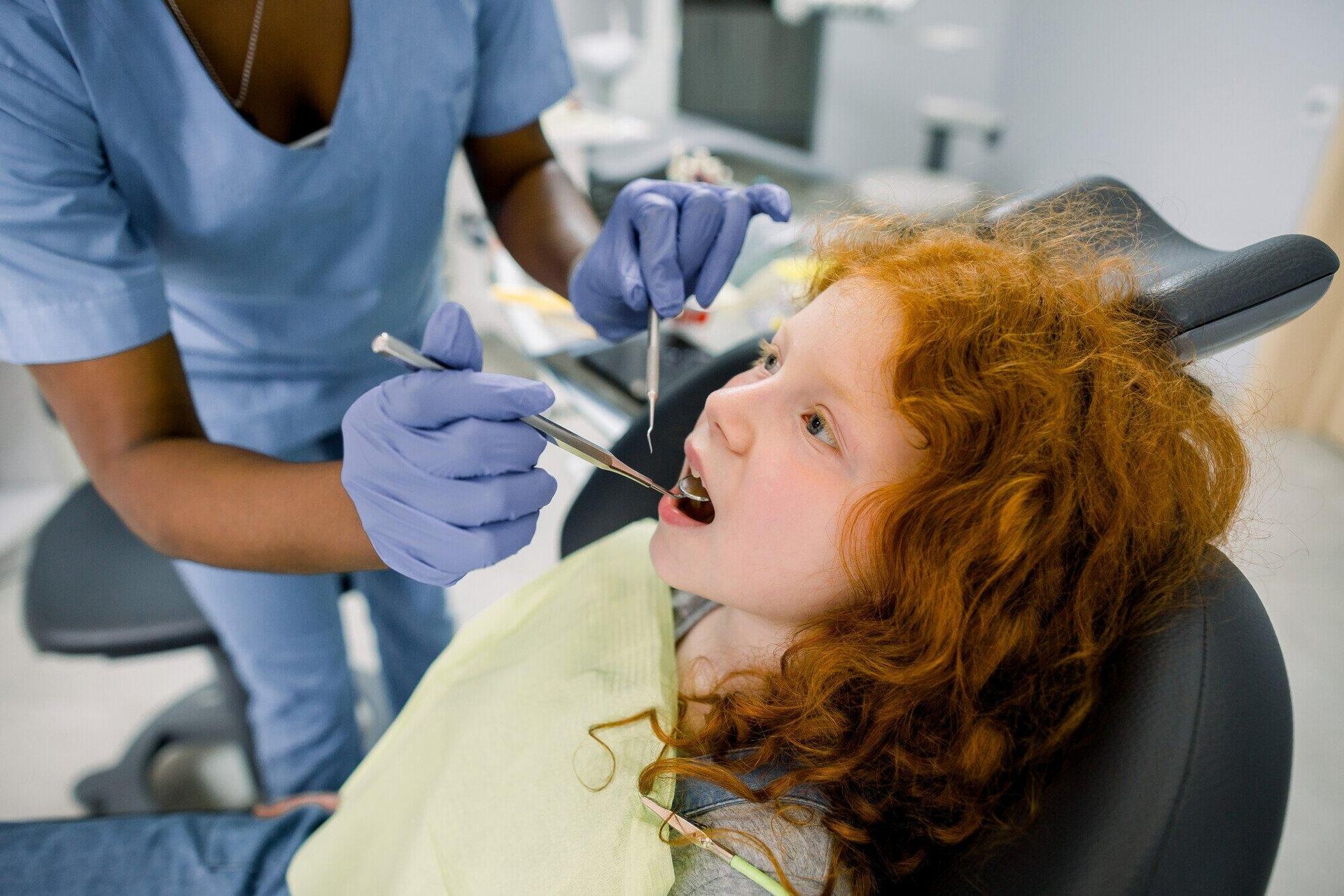What Is Pulpotomy? A Guide to Its Symptoms and Treatment
A pulpotomy is a procedure that can help save decayed or infected teeth. If you or your child has a cavity and infection of the tooth's pulp, your dentist may recommend a pulpotomy.
Dentists often use this procedure on the primary teeth of children, but it's also an option for adults. A pulpotomy treats severe decay that has spread to the pulp of the tooth.
If you're wondering, "What is pulpotomy, and can it help me?", read our pulpotomy guide for the answers.
Purpose of a Pulpotomy
If you or your child feels pain or discomfort when hot, cold, or sweet things touch your tooth or teeth, it could be pulpitis.
Pulpitis is an inflammation of the pulp and is usually a result of untreated cavities. Tooth sensitivity is often the first sign of the problem.
After performing a dental examination, your dentist will recommend the proper treatment for you. If you or your child has tooth decay that has infected the pulp area, a pulpotomy may be a good option.
Your dentist may choose a pulpotomy if the decay is close to the pulp and if removing the decay will expose the pulp. If the pulpitis is irreversible, your dentist may decide to perform a pulpectomy or tooth extraction instead.
What Is Pulpotomy vs. Pulpectomy
These procedures are performed for different reasons. A pulpotomy involves the partial removal of pulp from a tooth. A pulpectomy involves the complete removal of the pulp from a tooth and is the first step of root canal treatment.
If your dentist determines a tooth's pulp has died or has become infected, they may recommend a root canal. This involves the removal of all the diseased pulp in the crown and roots.
Pulp damage could be due to trauma, decay, or a crack that leaves the pulp exposed. When bacteria enters the pulp, it can lead to an infection that can spread to the surrounding bone.
When this happens, the only treatment besides pulpectomy or root canal is tooth removal.
Adult Pulpotomy
A pulpotomy is less expensive and invasive than a root canal. The success of the procedure depends on how well the dentist controls bleeding and keeps the pulp free from bacteria as they perform the procedure.
Age is also a factor. The pulp of older adults is fibrous and has less blood supply. This can lower the chances for a successful result.
Child Pulpotomy
A pulpotomy leaves the tooth's roots intact and able to grow. For this reason, it's a popular option for children.
Its primary use is in children with primary (baby) teeth. The primary teeth play a valuable role in maintaining spacing for permanent teeth as they come in. That's why dentists want to leave baby teeth intact whenever possible.
The procedure can also be used on the secondary teeth of older children and adults as long as there's enough healthy pulp to keep the tooth vital.
Pulpotomy Explained
Your dentist will take X-rays to determine the extent of the problem and the best type of treatment. General dentists often perform pulpotomies and root canals.
If you need a specialist, your dentist will refer you to an endodontist. Your dentist may prescribe antibiotics for you to take a few days before and after your procedure.
Anesthesia
Some children or adults may require general anesthesia or mild sedation during a pulpotomy. Nitrous oxide, or "laughing gas," can help you relax and feel more comfortable during the procedure.
What to Expect
Before the procedure, the dentist numbs the area using a local anesthetic. This doesn't hurt, but you may feel a slight pinch.
Patients who use anesthesia may receive it through a nosepiece or an injection. The dentist then removes the decayed area of the tooth.
The dentist will drill through the enamel and dentin layers of the tooth until the pulp is exposed. The infected material is then scooped out and removed.
The dentist fills the space with dental cement to seal the tooth. A crown is cemented onto the tooth. This becomes the outer surface of the tooth.
Aftercare of Pulpotomy Treatment
During the procedure, your tooth and gums will be numbed. You won't feel any pain. If you receive anesthesia, the dental staff will monitor you for up to an hour after the procedure.
Avoid eating and drinking while your mouth is numb. You may notice some mild bleeding for a few hours.
Once you can eat, stick to soft foods like soup, mashed potatoes, or scrambled eggs. Avoid chewing on the side where your procedure took place until your mouth has fully healed.
It's normal to experience mild pain or discomfort as the anesthesia wears off. Taking an over-the-counter pain medication like Tylenol or Motrin will help.
Mild swelling is normal after a pulpotomy. If you experience excessive swelling or new pain, redness, or swelling days or weeks following the procedure, call your dentist. These symptoms can indicate infection.
Find a Dentist in Friendswood, TX
Pulpotomy is a common dental procedure used to save a severely decayed tooth. Dentists commonly do pulpotomies on children with decayed baby teeth, but the procedure is used for older children and adults as well.
You now know the answer to "What is pulpotomy?" It's less invasive than a root canal, and dentists use pulpotomy treatment to remove the infected pulp and restore teeth.
If you need dental care, we'd love to help. We are dedicated to providing the very best dental care for children and adults. We provide a variety of dental services for patients of all ages.
Contact us today to schedule an appointment with a dentist in Friendswood, TX.















